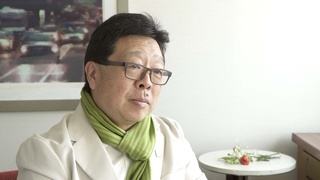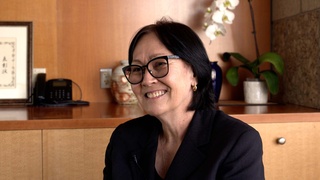Interviews
Early consciousness of identity
I became conscious pretty early, because I grew up in Covina, about a half hour from here. And my family, besides my father who’s English/Irish descent from New York, my family is entirely Chinese, from China. My brother and my sisters are all full-blooded Chinese from China, as are all of my cousins, so I was the only Hapa kid in the entire family. So to me I was always the white kid, I was like the one American kid who didn’t speak Chinese and so forth.
And I think when I was five years old I went to kindergarten for the first day and this was at the time a really white area. And to come in and realize, like, “Whoa, you’re not fitting in here at all, you’re like the only brown kid in the whole school.” That’s when I realized that these things really make a big difference to people.
Date: May 3, 2006
Location: California, US
Interviewer: Jim Bower
Contributed by: Watase Media Arts Center, Japanese American National Museum.





